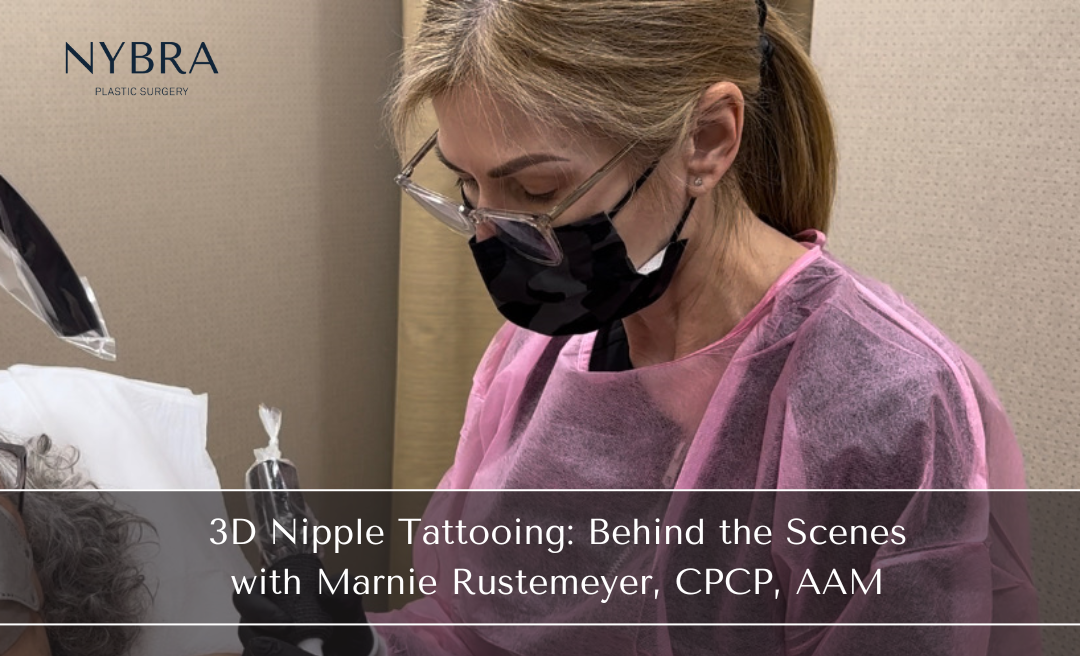A Look Inside: Restorative Tattooing
June 4, 2025
Restorative tattooing, with its various styles including decorative mastectomy tattoos and realistic nipple tattoos, has been a source of profound impact for many breast cancer survivors. These designs often signify the completion of a lengthy reconstruction process, serving as a powerful symbol of resilience and healing.
Contrary to the long-held belief that tattoos are a result of ink penetrating deep into the skin, research has revealed a more active process at play.
Tattoo needles create superficial punctures in the skin, allowing ink to enter through capillary action, similar to how a paper towel absorbs liquid. A study involving mice with green fluorescent ink revealed that ink particles become encased in white blood cells called macrophages rather than staining skin cells. Macrophages are immune cells that rush to tattoo sites to engulf foreign materials, trapping the ink below the skin’s surface. It is unlikely that pigment would be seen in lymph nodes unless broken up using a laser removal technique.
Interestingly, even when macrophages are genetically eliminated after tattooing, new macrophages quickly replace them, maintaining the tattoo’s appearance.
The allure of tattoos is not just in their artistic appeal, but also in the dynamic process of their maintenance. The immune system, particularly the macrophages, continuously cycle through pigment consumption and reabsorption, ensuring your body art remains vibrant and intact.”
References:
https://rupress.org/jem/article/215/4/1115/42419/Unveiling-skin-macrophage-dynamics-explains-both
https://pubmed.ncbi.nlm.nih.gov/29511065/
3D Nipple Tattooing: Behind the Scenes
Nipple areola tattooing is widely known for its ability to create realistic, 3D nipple tattoos for post-mastectomy breast cancer patients and patients who have undergone…
